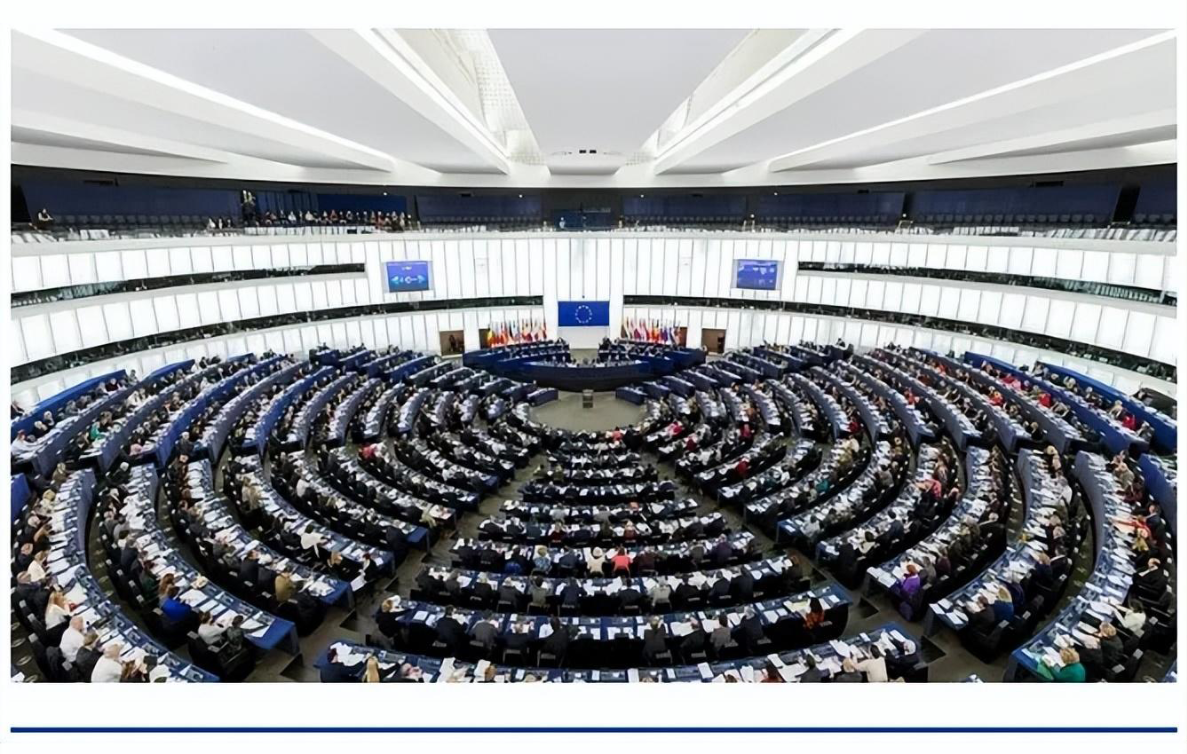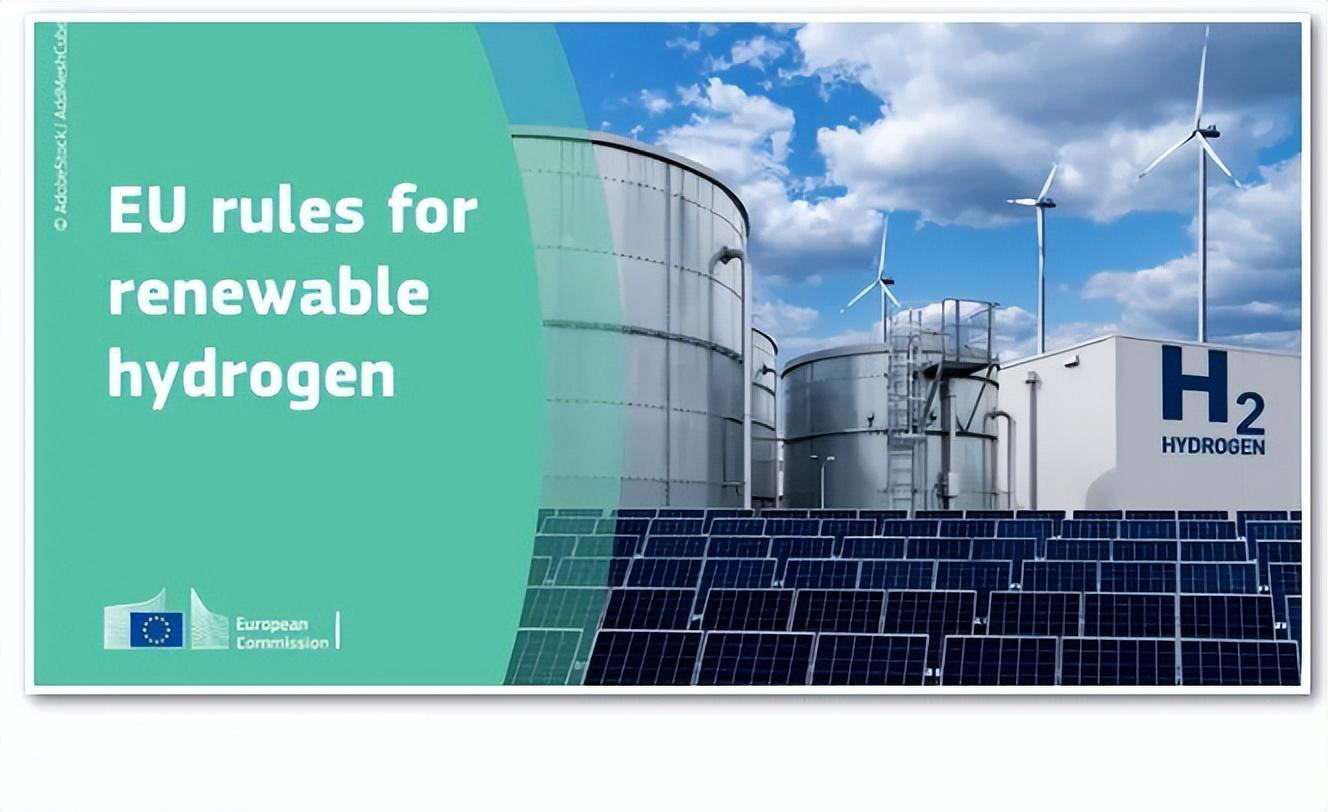- English
- Español
- Português
- русский
- Français
- 日本語
- Deutsch
- tiếng Việt
- Italiano
- Nederlands
- ภาษาไทย
- Polski
- 한국어
- Svenska
- magyar
- Malay
- বাংলা ভাষার
- Dansk
- Suomi
- हिन्दी
- Pilipino
- Türkçe
- Gaeilge
- العربية
- Indonesia
- Norsk
- تمل
- český
- ελληνικά
- український
- Javanese
- فارسی
- தமிழ்
- తెలుగు
- नेपाली
- Burmese
- български
- ລາວ
- Latine
- Қазақша
- Euskal
- Azərbaycan
- Slovenský jazyk
- Македонски
- Lietuvos
- Eesti Keel
- Română
- Slovenski
- मराठी
- Srpski језик
The European Union has announced what is the green hydrogen standard?
2023-02-21

In the context of carbon neutral transition, all countries have high hopes for hydrogen energy, believing that hydrogen energy will bring great changes to industry, transportation, construction and other fields, help adjust the energy structure, and promote investment and employment.
The European Union, in particular, is betting big on the development of hydrogen energy in order to get rid of Russia's energy dependence and decarbonize heavy industry.
In July 2020, the EU put forward a hydrogen strategy and announced the establishment of a coalition for Clean Hydrogen Energy. So far, 15 European Union countries have included hydrogen in their economic recovery plans.
After the conflict between Russia and Ukraine, hydrogen energy has become an important part of the EU energy structure transformation strategy.
In May 2022, the European Union announced the REPowerEU plan to try to get rid of Russian energy imports, and hydrogen energy has been given more importance. The plan aims to produce 10 million tonnes of renewable hydrogen in the EU and import 10 million tonnes of renewable hydrogen by 2030. The EU has also created a "European Hydrogen Bank" to increase investment in the hydrogen energy market.
However, different sources of hydrogen energy determine the role of hydrogen energy in decarbonization. If the hydrogen energy is still extracted from fossil fuels (such as coal, natural gas, etc.), this is called "gray hydrogen", there is still a large carbon emission.
So there's a lot of hope in making hydrogen, also known as green hydrogen, from renewable sources.
To encourage corporate investment in green hydrogen, the European Union has been looking to improve the regulatory framework and set technical standards for renewable hydrogen.
On May 20, 2022, the European Commission published a draft mandate on renewable hydrogen, which caused widespread controversy due to its statement of the principles of extrality, temporal and geographical relevance in the production of green hydrogen.
There's been an update on the authorization bill. On February 13, the European Union (EU) passed two enabling acts required by the Renewable Energy Directive (RED II) and proposed detailed rules to define what constitutes renewable hydrogen in the EU. The authorization bill specifies three types of hydrogen that can be counted as renewable energy, including hydrogen generated by connecting directly to new renewable energy generators, hydrogen produced from grid power in areas with more than 90 percent renewable energy, and hydrogen produced from grid power in areas with low carbon dioxide emission limits after signing renewable energy power purchase agreements.
This means that the EU allows some of the hydrogen produced in nuclear power systems to count towards its renewable energy target.
The two bills, part of the EU's broad hydrogen regulatory framework, will ensure that all "renewable liquid and gaseous transport fuels of abiotic origin," or RFNBO, are produced from renewable electricity.
At the same time, they will provide regulatory certainty to hydrogen producers and investors that their hydrogen can be sold and traded as "renewable hydrogen" within the EU.






